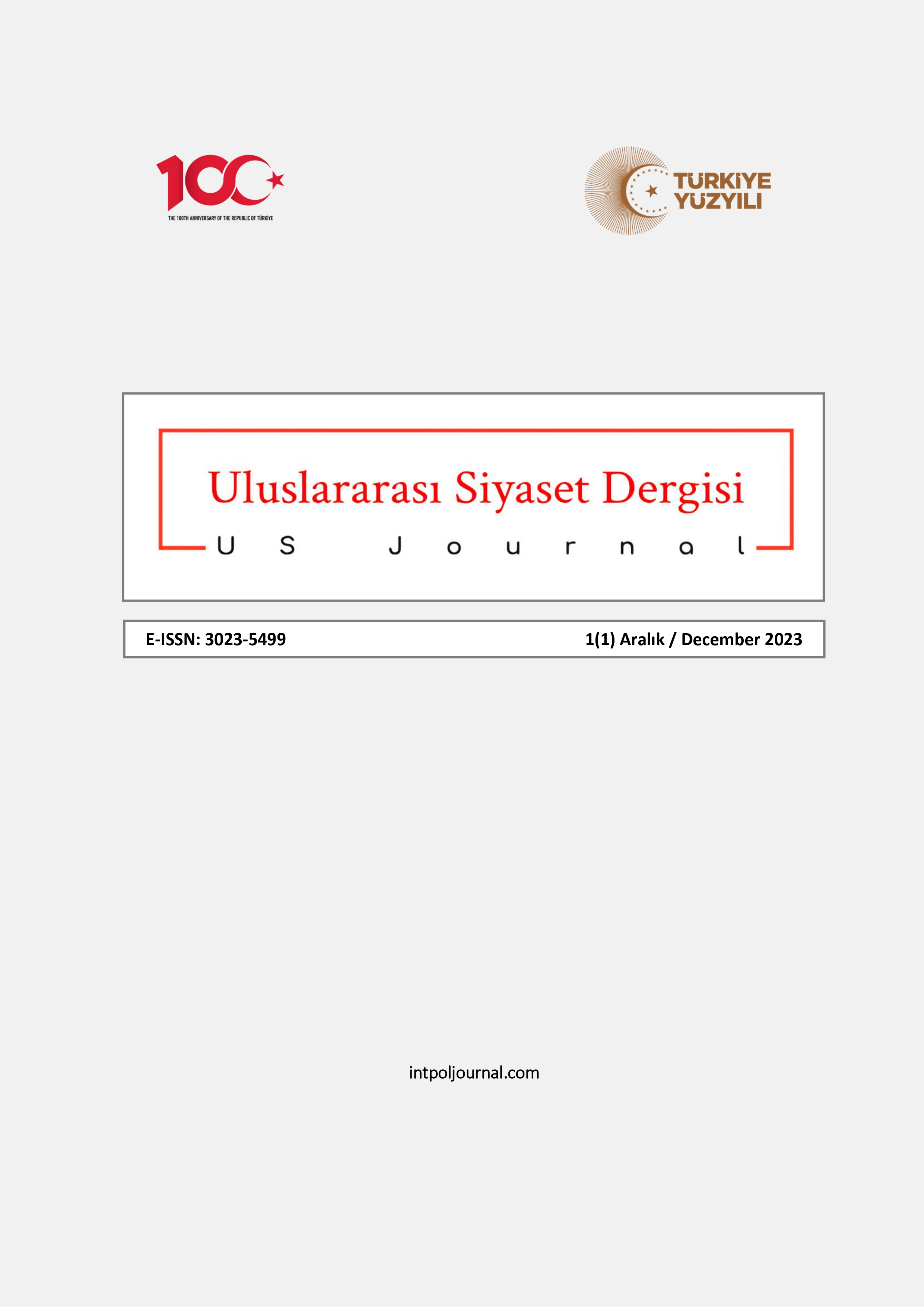Similarities and Differences between Islamist Parties in Tunisia
DOI:
https://doi.org/10.5281/zenodo.10432066Keywords:
Tunusia, Islamic Movements, Islamist PartiesAbstract
Tunisia, similar to other countries in the region, is a country where Islamic movements are intensively involved. It is possible to divide the Islamic movements in the country into two as Sufi schools and other movements. Some of the Islamic movements that have emerged in Tunisia have remained loyal to the role they initially assigned to themselves and have not made any claims on the state and politics. Sufi schools constitute most of the movements along this line. However, after a while, the Islamic Orientation movement and similar movements emerged as an objection to Tunisia’s rigid secularism and turned into political parties. While some Islamist parties emerged with goals such as the Islamic State and the caliphate, others focused on the idea that religion should not be neglected in social life and concentrated more on concepts such as democracy, prosperity and freedom. Regardless of their ideas, it is understood that the Islamist parties in Tunisia operate within the constitutional order and are non-violent. In the light of these issues, this study analyzes the Islamist political parties established in Tunisia and identifies their similarities and differences. It is observed that the parties, which are generally understood to have a moderate line, have common features in many aspects, especially in their social programs. Literature review method was used as a method in our study.
References
-Aaron Y. Zelin, “Who is Jabhat al-Islah?”, https://carnegieendowment.org/sada/48885, 07.04.2021.
-Abdullah Aydoğan Kalabalık, Tunus Devriminin Arkasındaki İslami Hareketler, https://www.dunyabulteni.net/haber-analiz/tunus-devriminin-arkasindaki-islami-hareketler-h144287.html, 26.12.2020
-Ahmet Gökçen, Bir Sosyal Hareket Olarak Tunus’ta En-Nahda Hareketi ve 2011
Tunus Devrimi Üzerine Etkileri, Yayınlanmamış Doktora Tezi, Selçuk Üniversitesi, Sosyal Bilimler Enstitüsü, Konya, 2015
-Ahmet Kavas, “Tunus”, TDV İslam Ansiklopedisi, C.41, TDV Yayınları, İstanbul, 2012.
-Gülay Döner, Ortadoğuda Büyük Çözülme, İlk kıvılcım Tunus Devrimi”, Y. Y. L. Tezi, Dokuz Eylül Üniversitesi, S.B.E., İzmir, 2014
-Harun Sakınan, “Tunus’un Yakın Tarihi”, https://www.stratejikortak.com/2020/01/tunus-tarihi-turkiye-iliskileri.html, 16.01.2021.
-https://tr.wikipedia.org/wiki/%C4%B0slam%27%C4%B1n_n%C3%BCfus_yap%C4%B1s%C4%B1, 21.01.2021.
-Hizb ut-Tahrir, https://en.wikipedia.org/wiki/Hizb_ut-Tahrir#Tunisia, 18.01.2021.
-Hizb Ar-Rahma (Hr)/ Tunesıen, Phillips Universitat Marburg, Januar, 2015
-https://www.hurriyet.com.tr/dunya/davutogluna-tunusta-ak-parti-surprizi-17084811, 31.01.2021.
-https://www.marefa.org, 31.01.2021
-http://errahmah.com/file/program-parti-errahma.pdf, 8.04.2021
-https://www.espacemanager.com/tunisie-hizb-errahma-un-autre-parti-İslâmîste-au-parlement.html, 8.04.2021.
-http://www.ennahdha.tn, 8.04.2021
-https://english.alarabiya.net/articles/2012/05/11/213499, 07.04.2021
-Hatice R. Dursun, Otoriter Laiklikten Demokratik Laikliğe Türkiye ve Tunus’ta Din Devlet İlişkilerinin Dönüşümü, Y. Doktora Tezi, Marmara Üniversitesi, S.B.E, İstanbul, 2016
-Heidi Reichinnek, Hızb Al-Asala (Ha) &Hızb Ar-Rahma (Hr)/ Tunesıen, Phillips Universitat Marburg, Januar, 2015
-Manazır Ahsan, “Cemaat-i Tebliğ”, TDV İslam Ansiklopedisi, c.7, TDV Yayınları, İstanbul, 1993.
-M. Tahir Kılavuz, M. Hüseyin Mercan, Süleyman Güder, Ortadoğuda İslamcı Siyaset: Değişim Sürecinde Müslüman Kardeşler ve Nahda, İlke Eğitim Kültür Derneği Yayınları, İstanbul, 2014
-Mohammad Affan, “Nahda Hareketi Seküler Bir Parti mi?”,
https://research.sharqforum.org/tr/2016/06/14/nahda-hareketi-sekuler-bir-parti-mi/, 23.01.2021.
-Nahda Hareketi”, https://tr.wikipedia.org/wiki/Nahda_Hareketi 18.01.2021.
-Profile: Zine al-Abidine Ben Ali, http://www.bbc.co.uk/news/world-africa-12196679,18.01.2021
-“Reform Front Party”, https://en.wikipedia.org/wiki/Reform_Front_Party, 07.04.2021
-Rumeysa Köktaş, “Tunus’ta Yükselen Bir Dinamik Olarak Selefi Hareket”, ORMER Yayını, Nisan, 2015
-Schäfer, The Tunisian Transition: Torn Between Democratic Consolidationand Neo-Conservatism in an Insecure Regional Context, European Institute of the Mediterranean, Barcelona, 2015
-Sarah R Louden, “Political Islamism in Tunisia: A History of Repression and a Complex Forum for Potential Change,” Journal of Islamic and Middle Eastern Multidisciplinary Studies: Vol. 4: Iss. 1, 2015
-Tunus, https://tr.wikipedia.org/wiki/Tunus, 16.01.2021.
-Tunus’ta Siyasi Yasaklama”, https://www.haberler.com/tunus-ta-siyasi-yasaklama-8704310-haberi/, 18.01.2021.
-Yasemin Devrimi, Milliyet,
http://www.milliyet.com.tr/yasemindevrimi/dunya/haberdetay/15.01.2011/1339511/default.htm, 18.01.2021.
Downloads
Published
How to Cite
Issue
Section
License
Copyright (c) 2023 US Journal

This work is licensed under a Creative Commons Attribution-NonCommercial-ShareAlike 4.0 International License.
https://creativecommons.org/licenses/by-nc-sa/4.0/legalcode.en



